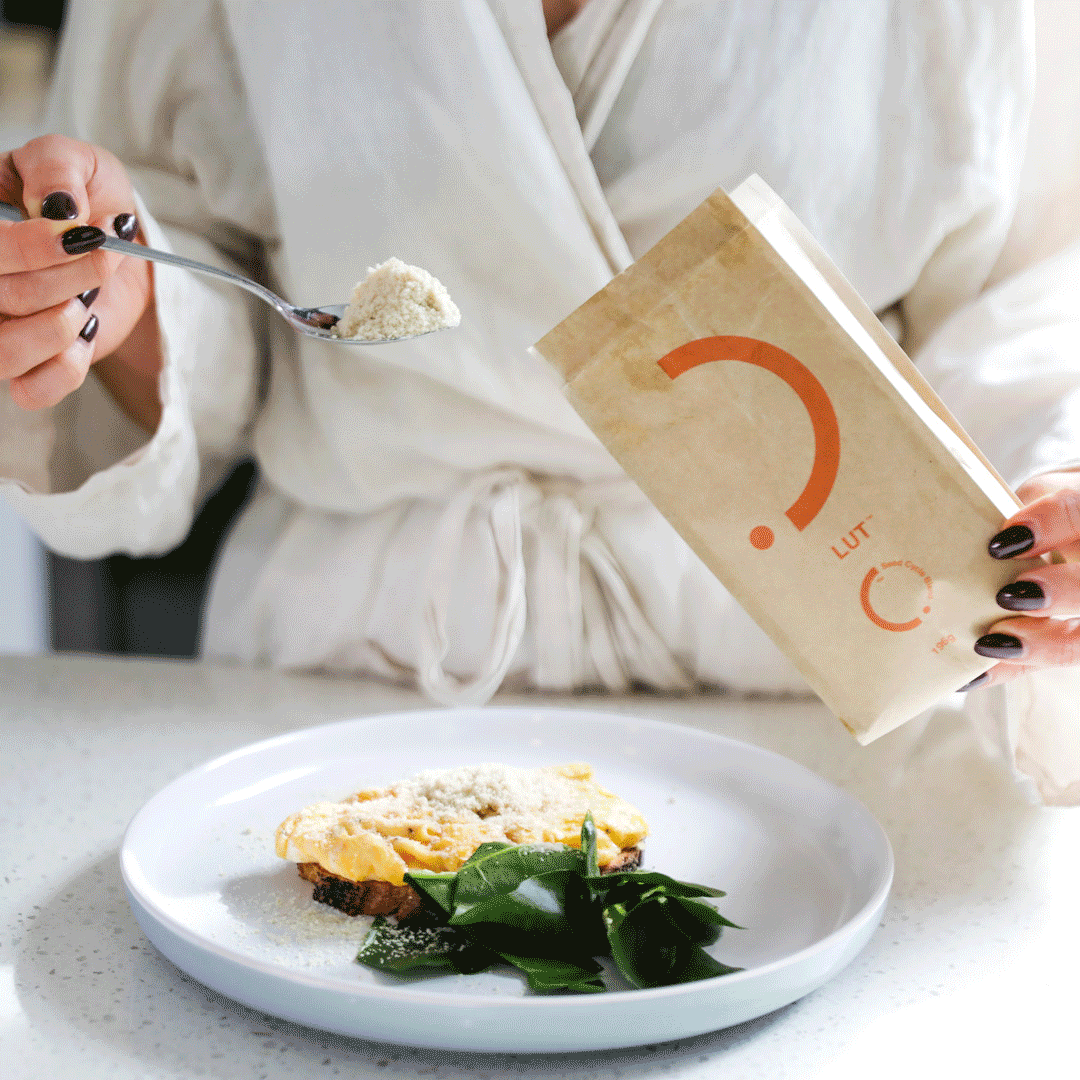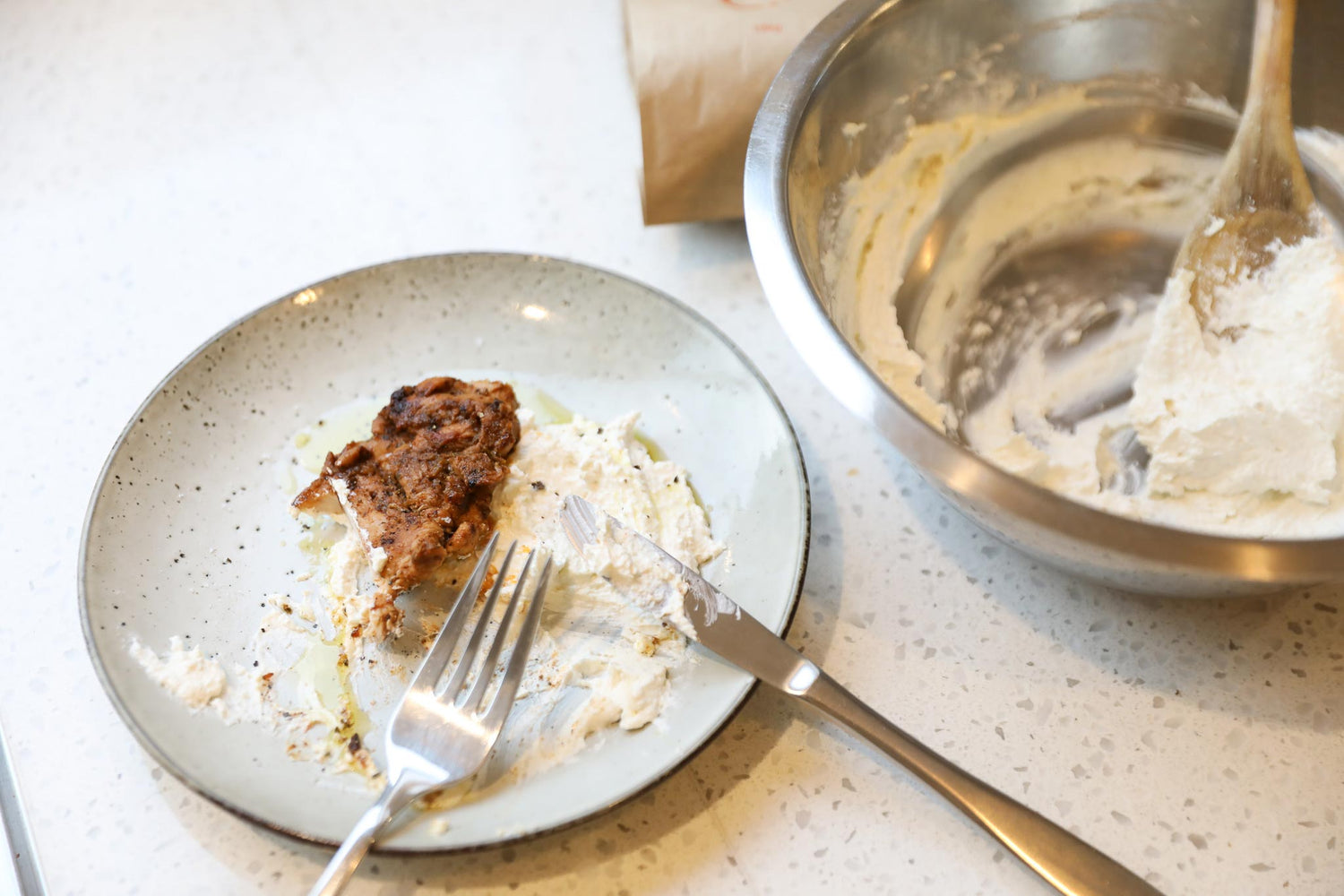Why Knowing the Difference Between Your Luteal and Follicular Phases Changes Everything
We've all heard 'knowledge is power', but this kind of knowledge I'm about to share, is freedom. Below I have compiled a table of benefits in each of these phases. These benefits have been compiled from my studies, research and personal experience. It's so important to me that scientific jargon can be simplified into a real-life application.
BUT FIRST, we really need to clarify what the Follicular and Luteal phases are. The Cycle Syncing method by Alisa Vitti has really confused people about the timing of the Follicular and Luteal phases. I wrote a whole article on why her framework is wrong and suggested a better one here. Let me summarize the accurate phases:
- So, your Follicular phase starts on Day 1 of your period and finishes at Ovulation. At the beginning of the Follicular Phase - I call this Early Follicular phase - is when the follicle, which is a sac that holds the egg, has been selected to start maturing for ovulation. Both progesterone and estrogen sex hormones are at their lowest.
- At the end of your period until ovulation, estrogen is rising until ovulation. I like to call this the Late Follicular phase.
- Then you have Ovulation. A 24-hour window where your egg is released from it's follicle out of the ovary and waits to be fertilized. During and just before ovulation you get a burst of testosterone which encourages your body to 'find a mate and fertilize the ovulated egg'. This coincides with your fertile window - an amount of time (usually 7 days prior to ovulation) where sperm can survive in your fallopian tubes and uterus - waiting to pounce on the ovulated egg.
- Directly after ovulation is the start of your Luteal phase. I call this the Early Luteal phase, where progesterone starts to rise.
- Progesterone has it's peak around mid Luteal Phase and starts to drop in the Late Luteal phase.
Ok now we have the key hormonal phases of the cycle sorted.

What are the benefits of these phases in real life?
See the chart below:
| Phases | Hormonal Landscape | Day-to-Day Benefits | How to do it |
| Early Follicular (Menstrual) | Estrogen and progesterone are low. |
|
|
| Late Follicular | Estrogen rises sharply; testosterone begins to increase. |
|
|
| Fertile Window (Ovulation) | Estrogen peaks; luteinizing hormone (LH) surges; testosterone peaks. |
|
|
| Early Luteal | Estrogen dips slightly; progesterone rises steadily. |
|
|
| Late Luteal | Progesterone peaks, then drops; estrogen may drop rapidly too. |
|
|
Warning!
Understanding the difference between your luteal and follicular phases is one of the most powerful tools you can use to support your hormones, your performance, and your wellbeing. It's not just about tracking your period—it’s about knowing how your hormones influence everything from your energy and mood to your strength and productivity.
How seed cycling deepens your cycle knowledge
When you seed cycle you’re not only nourishing your body with hormone-supportive whole food seeds—you’re also developing a deeper awareness of where you are in your cycle. For example you can only take the FOL blend in your Follicular phase and you can only take your LUT blend in your Luteal phase. And the only way to find that out is to track your cycle with a method like the sympto-thermal method. That knowledge is freedom. It allows you to train smarter, plan better, eat to support your needs, and stop fighting against your biology.
So the next time you're wondering why your usual routine isn't delivering results—or why you feel off for no obvious reason—consider this: it might not be you. It might just be your hormones needing a different kind of support.
That’s exactly why I created Seed Cycle Blend—to make hormone balance simpler, more natural, and rooted in real understanding.
Take care,
Rochelle






